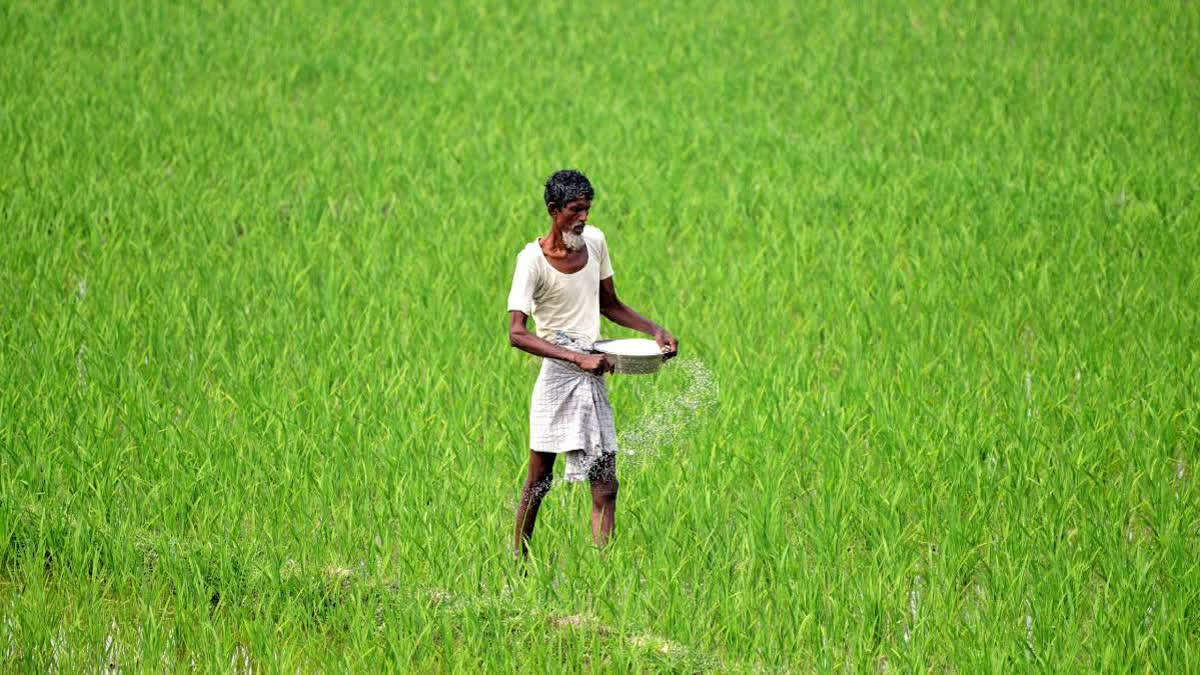By Ram Kaundinya
Agricultural development has to ensure that farmers make money. The profitability of many agricultural activities is uncertain due to many reasons beyond the control of the farmer. One of the remedies suggested is to move farmers to value chains which give farmers more profitable opportunities.
Currently, India exports about 50B$ worth of agricultural produce but the value-added product is only 15per cent of it. The rest of the 85 per cent is export of raw agricultural produce making the value of our exports lower compared to China, USA, Netherlands, Belgium, Italy and others whose exports have more than 40 per cent of value-added products. They dominate the global agri trade in value terms. India has set a target of increasing exports to 100B$. We must achieve this with a minimum of 30 per cent contribution by value-added products. This will enhance farmers profitability. With changing geopolitical equations in the world India could exploit the situation and become a supplier of choice for many countries.
What is a value chain?
It is a chain of activities that the agricultural produce undergoes in which value is added to produce at every link from the farm to the consumer. This chain should be short and every link in the chain must add value higher than the cost it adds.
The two Telugu states can gain substantially by developing value chains for both domestic and export markets. ITC developed the Chilli value chain in these states and used it for exports. But not much is done in other products.
Each state must decide the agricultural produce in which it has a competitive advantage compared to other states and countries and focus on that. Each state needs a strategic plan towards achieving high growth in this space.
To decide which value chain to develop these two governments may read the report of the High Level Expert Group titled “Growing India’s agricultural exports through crop-specific, state-led plans” which was submitted to the 15th Finance Commission in July 2020. Along with this, the Agricultural Export Policy published by the Ministry of Commerce in December 2018 is a rich source of strategic directions states can take.
Data shows that the largest export in the world is meat at 101 B$ out of which the USA has 12 per cent share while India has only about 1.6 per cent share. The processed fishery and seafood market is 97B$ in which China has 14.5 per cent share while India has 4.6 per cent. Next, Dairy products with a 78B$ market in which New Zealand has a 14.3 per cent share while India is very low at 0.3 per cent.
Processed fruits and vegetables are the next with a 52B$ size in which China is the leader with 15.6 per cent share and India has 0.9 per cent. Next is the Poultry and Egg with 25B$ market which is dominated by Brazil with 22 per cent share while India is at 0.2 per cent. It is important for the two states to study such data and identify opportunities.
Andhra Pradesh with a long coastline and shrimp production can see an opportunity here. Dairy is present in both states. Poultry and Eggs are very strong in Telangana. Fruits and Vegetables are grown in both states. Buffalo Meat should be possible for both. Where are the two states in these markets now?
Currently, India's export of agri commodities is dominated by Rice and Shrimp. If we consume large volumes of water to produce rice in transplanted conditions is export a sustainable strategy in the long run? Should we focus on producing rice without transplantation and stagnant water for export purposes?
70 per cent of Indian exports are going mainly to nearby markets which are not high-priced markets. The valuable markets are the USA, Europe and other developed nations where only 30 per cent of our exports are going now. That is what we should target. We have to learn from other high-exporting countries how to approach markets. Grapes from Maharashtra have captured the world’s attention. This happened through targeting the right markets, focusing on productivity and quality, working through FPOs (Sahyadri Farms), branded packaging and similar efforts.
This report identified 22 value chains that India can focus on mainly for export markets. Among them, seven are identified as high priority. Scalability, global competitiveness, export value, feasibility and other considerations are used while selecting. The two Telugu states must use similar criteria and pick the value chains of their choice for their respective states.
Some of the value chains identified are in rice, shrimp, Fruits & vegetables, Buffalo meat, Spices, Cashew nuts, Ground nuts, Coconut, Honey, Banana, Raw Cotton and Mango may be of interest to our two states. Based on the above listed criteria the states may identify even other products like Poultry & egg, Dairy products, etc for export development. Organic food export, Naturally farmed food export and similar niche areas also may be included in the plan. There may be equally attractive products for the domestic market which can be taken up.
Formation of clusters for production, using modern science and technology to increase productivity and quality, providing value addition opportunities through private sector participation and providing predictable and stable policy support are crucial to build this business.
There must be a 10-year strategic plan to tap this opportunity. It will not happen overnight. The two states have to take this up as a serious method of improving the farmer's lives by 2030.
